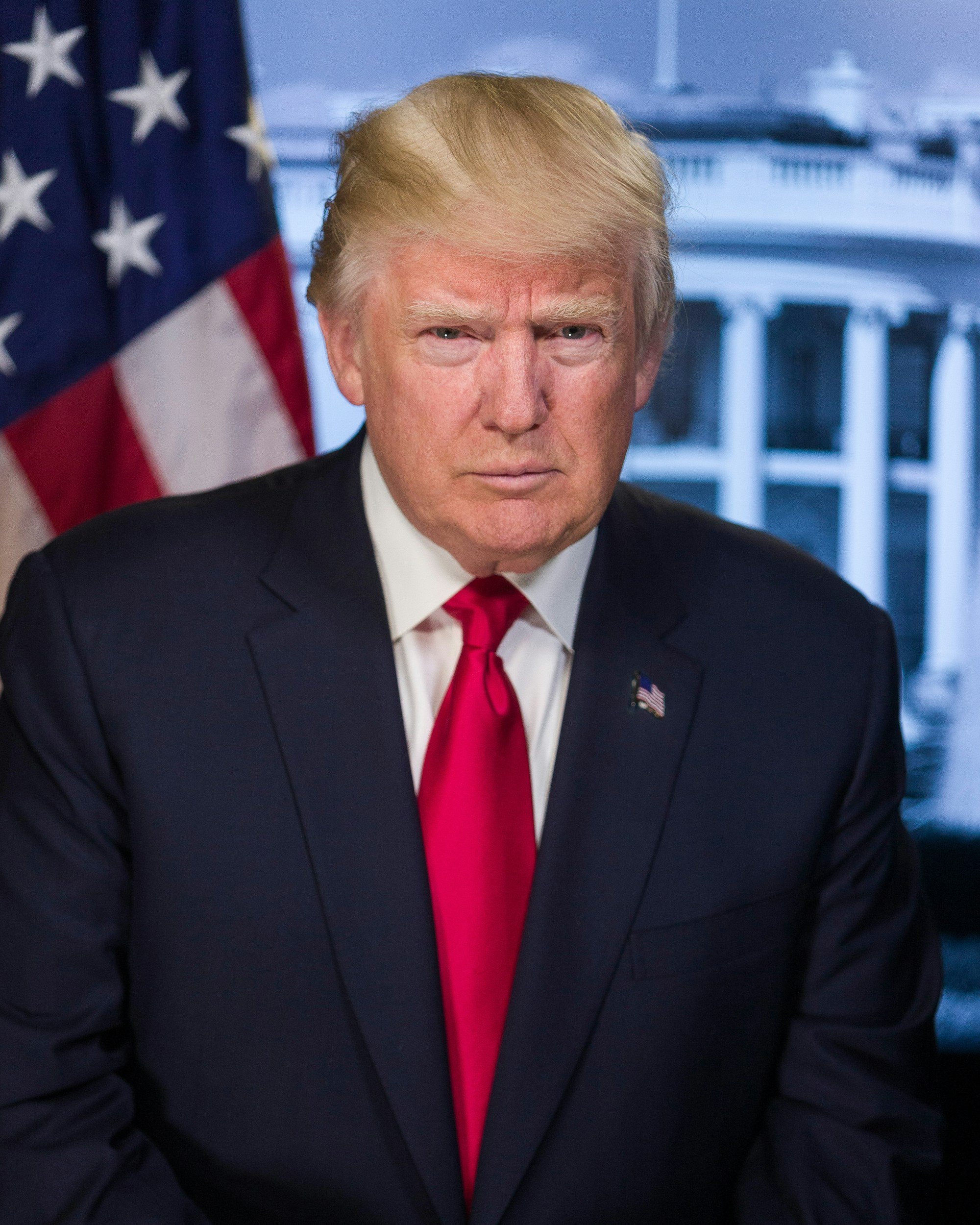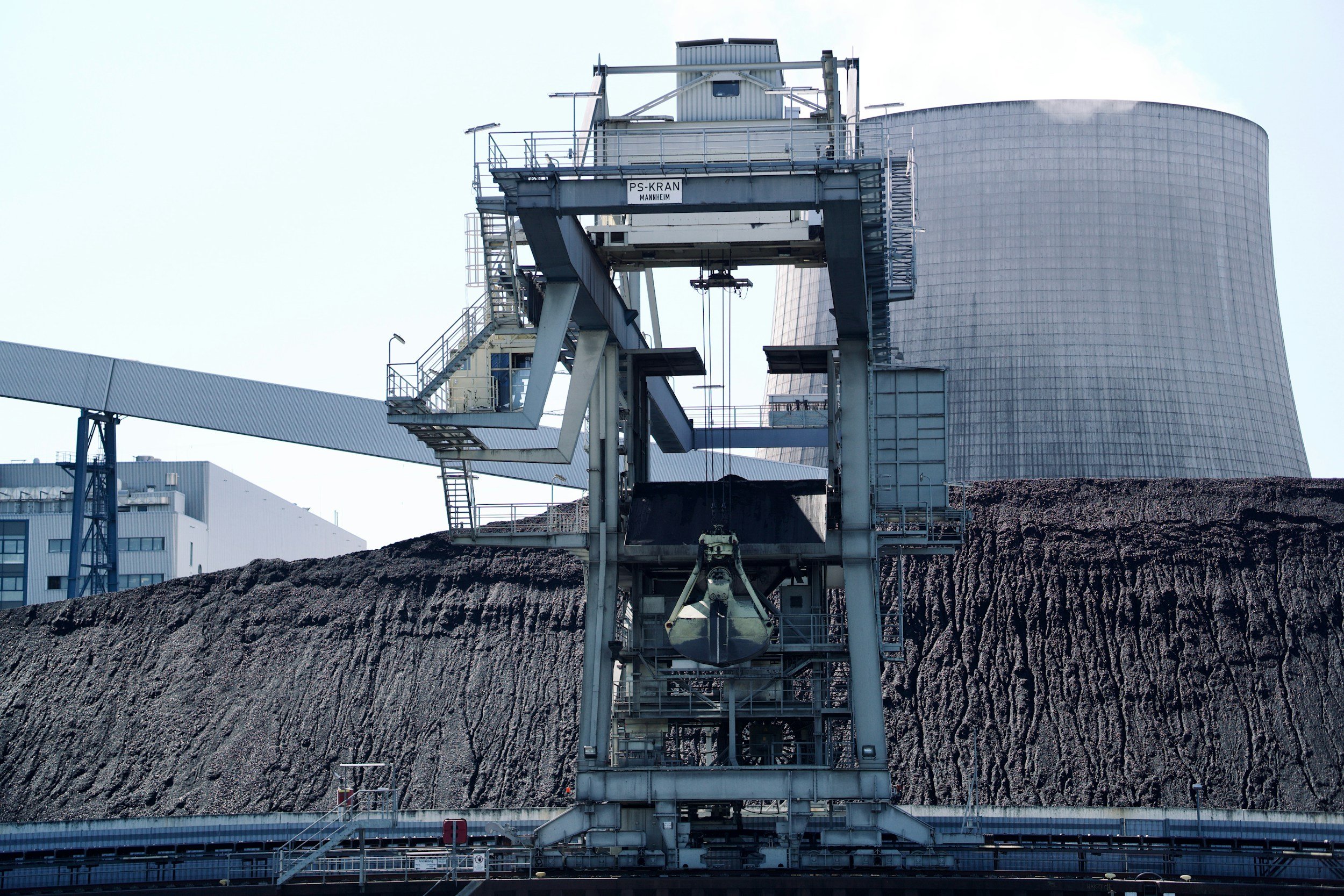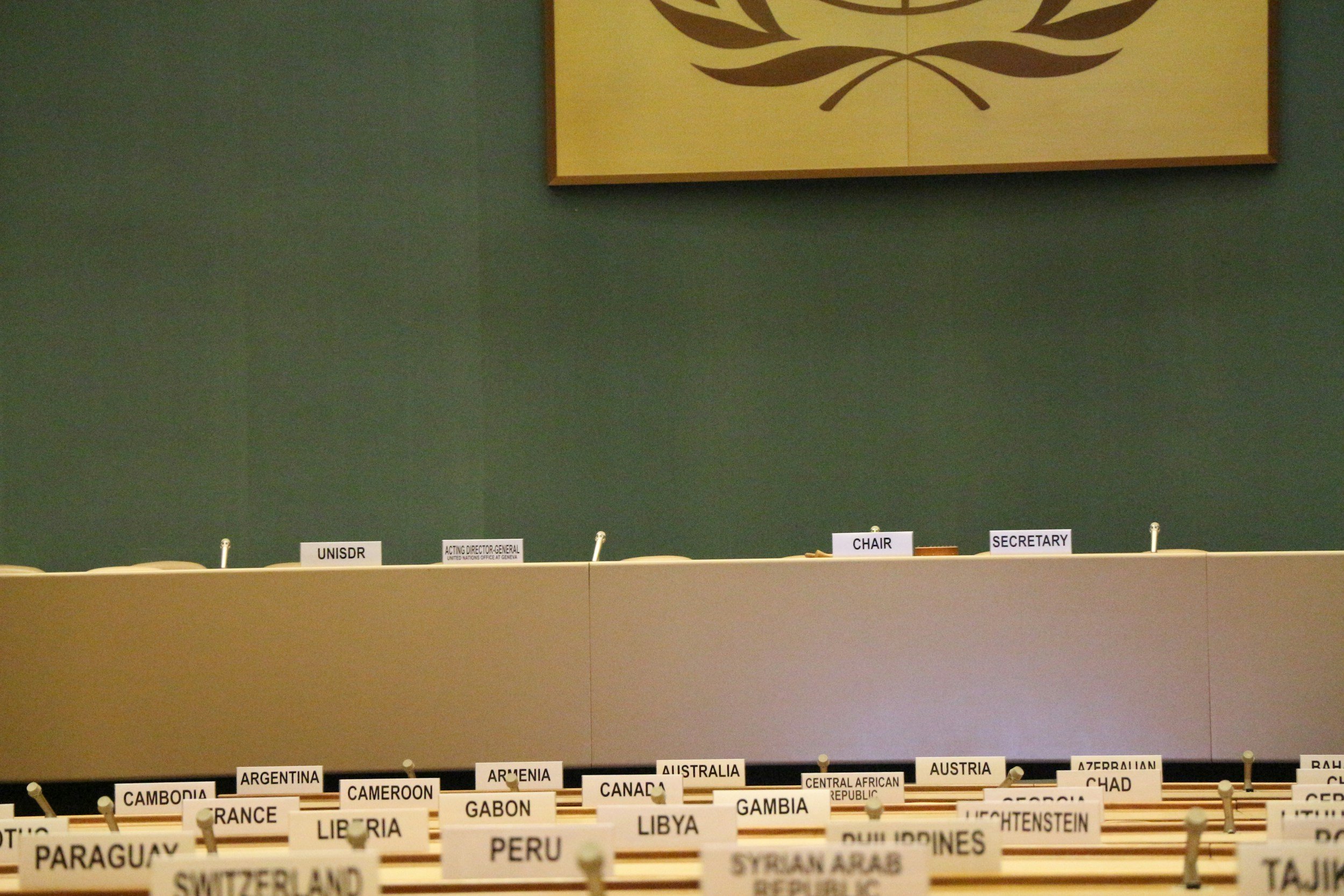
UK Budget 2025: North Sea Plan Allows Limited New Extraction Through ‘Transitional Energy Certificates’
The government has unveiled its North Sea Future Plan — a wide-ranging package that keeps the promise of no new oil and gas exploration licences, but introduces a new mechanism that will still allow additional extraction from existing areas of the basin.

North Sea Oil: The Political Battle Over Britain’s Energy Future
With the party conference season now over, the future of the North Sea has emerged as a key dividing line in how the UK’s main parties approach energy, jobs, and climate. A new Find Out Now poll (October 8) puts Reform UK in front at 32%, with Labour and the Conservatives tied on 17%, and the Greens rising to 15% — their strongest showing yet.

Trump Bets Big on Coal in Push to Power AI Boom
The Trump administration has launched its most aggressive effort yet to revive the U.S. coal sector, announcing a sweeping package that opens 13.1 million acres of federal land for new mining leases and allocates $625 million to upgrade and extend the life of coal-fired power plants.

Starmer & Trump Clash on Energy Policy at UK–US State Visit Press Conference
At a joint press conference during President Trump’s State Visit to the UK, Prime Minister Keir Starmer and President Trump set out sharply different visions for Britain’s energy future, revealing a clear transatlantic split over renewables and fossil fuels.

AI’s Energy Hunger: Driving a Coal Comeback?
The rise of artificial intelligence is reshaping the digital world—and now, the energy system that powers it. As demand for AI accelerates, so does the need for electricity to run the vast data centers behind it. While tech companies are investing in renewables at record levels, the sheer scale and immediacy of AI's energy appetite are forcing a rethinking of what powers the grid.

Alaska LNG Pipeline Touted as Major Energy Export Venture
The Trump administration is stepping up efforts to revive the long-stalled Alaska LNG project, with Energy Secretary Chris Wright expressing strong confidence in its future during an on-the-ground interview in Prudhoe Bay, Alaska. Appearing on CNBC, Energy Secretary Chris Wright described the proposed $44 billion Alaska LNG project as a “tremendous opportunity” for both domestic energy use and natural gas exports to Asia.

QatarEnergy Ramps Up U.S. LNG Push Amid Global Expansion
QatarEnergy is pressing ahead with major energy projects in the United States as part of a broader strategy to secure global supply and deepen long-term partnerships, according to Minister of State for Energy Affairs and QatarEnergy CEO Saad Sherida Al-Kaabi.

Trump Declares Coal ‘Clean and Critical’ in Sweeping Executive Order
President Trump has signed a sweeping executive order to revive the U.S. coal industry, calling coal “beautiful, clean, and critical” to America’s national and economic security. The order directs federal agencies to expand coal mining on public lands, promote coal exports, and remove policies that discourage investment in coal-fired power.

Grangemouth’s Clean Energy Future: Nine Industrial Pathways for Transformation
Grangemouth, historically one of Scotland’s key industrial hubs, is now at the center of a major transformation effort. Plans to secure its long-term industrial future have gained momentum as a feasibility study outlines nine potential pathways for the site’s redevelopment.

2025 U.S. Energy Expansion: Solar & Battery Surge Despite Policy Shifts
The U.S. energy sector is on track for significant growth in 2025, with 63 gigawatts (GW) of new utility-scale electric-generating capacity expected—nearly 30% more than in 2024, according to the latest Energy Information Administration (EIA) report. This marks the largest annual increase since 2002. Solar and battery storage will dominate, accounting for 81% of total capacity additions, while wind will see moderate growth and natural gas remains a key part of the mix.

Chris Wright Defends Fossil Fuels, Criticizes Net Zero in First International Address as US Energy Secretary
In his first international appearance since being confirmed as US Energy Secretary, Chris Wright delivered a forceful address at ARC 2025, a global energy summit attended by policymakers, industry leaders, and investors. Speaking via video link, Wright outlined his vision for American energy policy, emphasizing a commitment to "energy addition, not energy subtraction," while sharply criticizing Net Zero goals as "unachievable" and "a sinister goal."

Trump Reshapes U.S. Energy Policy on Day One: Key Executive Orders and Their Impacts
On January 20, 2025, President Donald Trump took immediate action to overhaul the nation’s energy policies, signing a series of executive orders that signaled a dramatic shift in priorities. These orders address domestic energy supply, renewable energy projects, and regulatory policies, setting the stage for a new era of energy production and governance in the United States.

Trump Declares National Energy Emergency on Inauguration Day
In his inauguration speech on January 20, 2025, President Donald Trump reaffirmed his commitment to America’s energy dominance, promising bold actions to secure energy independence and support American industries. Energy was a key theme of his address, highlighting the importance of fossil fuels, reducing regulations, and prioritizing domestic production.

2024: UN President and WHO Highlight Climate Crisis in End-of-Year Warnings
2024 is on track to become the hottest year on record, marking the culmination of a decade of unprecedented heat, according to the World Meteorological Organization (WMO). The stark reality has prompted urgent calls to action from global leaders, including UN Secretary-General and WHO representatives.

Clean Coal: Trump’s Vision and the Challenges Ahead
Clean coal refers to the process of capturing carbon emissions from coal power plants and either storing them underground or repurposing them to reduce environmental impact. While it aims to make coal a more environmentally friendly energy source, critics argue that the technology is costly, energy-intensive, and not widely scalable.

Labour’s Clean Power Target: Balancing Ambition and Reality
Prime Minister Keir Starmer has outlined a bold vision for Britain’s energy future, announcing a target to achieve 95% clean power by 2030. The announcement was part of a broader "plan for change," which includes six major milestones designed to address critical national challenges, from housing to healthcare.

COP29 Concludes Amid Criticism of Insufficient Climate Finance Commitments
The COP29 summit in Baku ended with a mix of optimism and frustration over the Baku Finance Goal (BFG), the centerpiece agreement to address the financing needs of developing countries in combating climate change. While a headline target of $1.3 trillion annually by 2035 was adopted, critics argue the commitment falls short where it matters most—real, actionable funding.

As COP29 Negotiations Enter Final Days, Climate Finance Goals Remain Unresolved
As COP29 in Baku approaches its conclusion, discussions are intensifying over the New Collective Quantified Goal on Climate Finance (NCQG). This trillion-dollar framework, designed to support developing countries in managing climate-related disasters and fostering prevention strategies, remains the summit’s most contentious issue.

Open Letter Calls for COP Reform Amidst Rising Climate Challenges
A collective of prominent climate experts has issued an open letter to global leaders and the UN leadership, advocating for significant reforms to the COP process. While recognizing the historic achievements of the Conference of the Parties (COP) in fostering global agreements on climate change, the signatories argue that the current framework is insufficient to address the urgent and escalating climate crisis.

COP29 Kicks Off in Azerbaijan Amid Controversy and Urgency
Today, the 29th annual Conference of the Parties (COP29) begins in Baku, Azerbaijan, drawing world leaders from nearly 200 nations to discuss critical steps toward climate action. This year’s summit holds particular weight as it’s hosted by Azerbaijan, a major oil-producing nation—an aspect stirring debate over the choice of venue.
